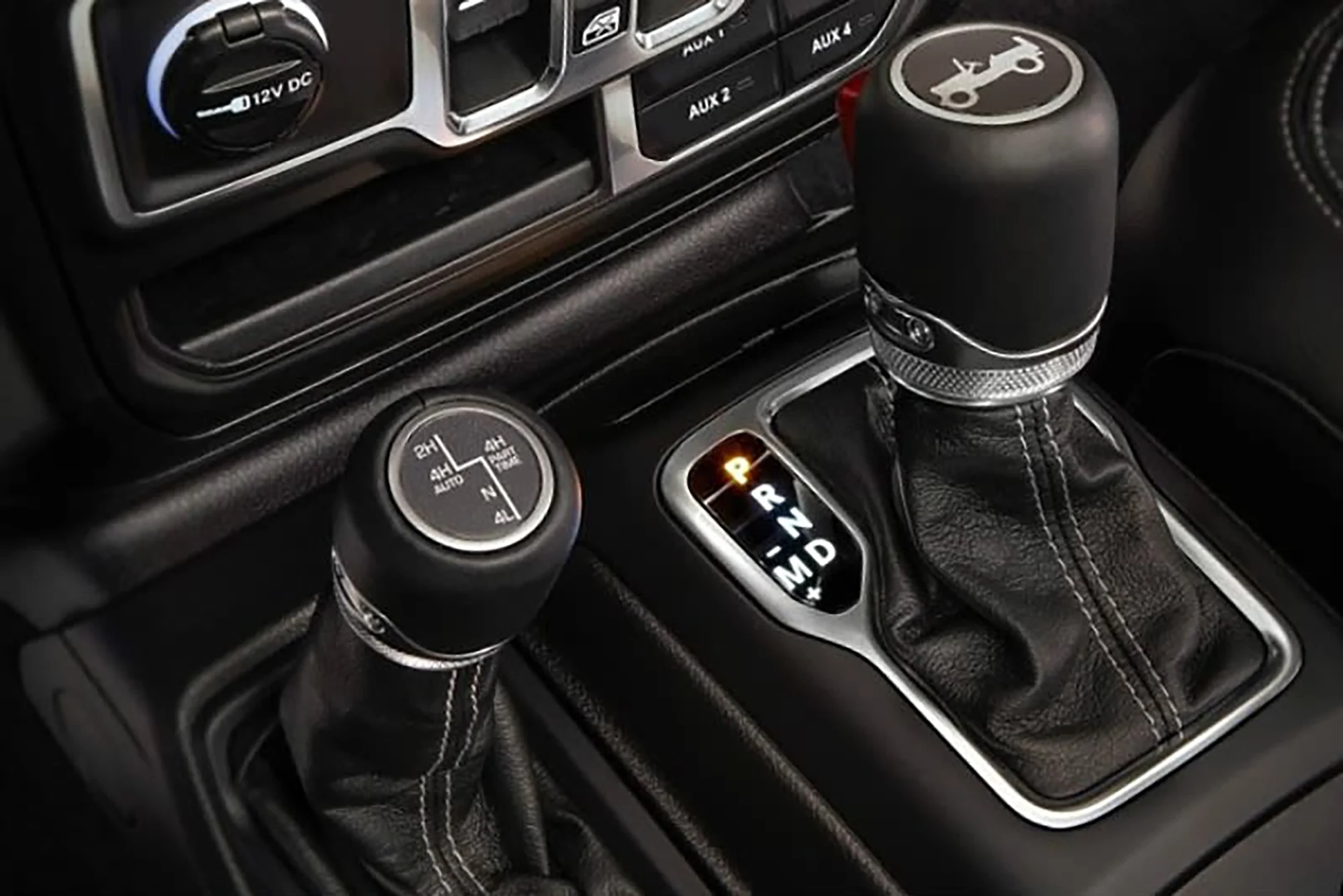
How to Engage 4WD and When to Use 4H v. 4L
How to Engage 4WD:
Check your owner’s manual for your specific vehicle, but here are general steps:
🔄 4H (4 High):
- When: Driving under 55 mph.
- How:
- Let off the gas.
- Turn the 4WD selector to 4H (or pull the lever).
- Wait for the light to confirm engagement.
- Most trucks/SUVs can shift into 4H while moving (called “shift-on-the-fly”) at low speeds.
🐢 4L (4 Low):
- When: Vehicle is stopped or rolling slowly (2-3 mph).
- How:
- Shift the transmission into Neutral (N).
- Turn/pull the selector to 4L.
- Wait for the 4L indicator light.
- Shift back into Drive (D) or 1st gear.
When to Use 4H vs 4L:
| Setting | Use When | Terrain | Speed |
| 2H (2WD) | Everyday driving | Dry pavement | Any |
| 4H (4 High) | Slippery roads, rain, snow, gravel, light off-road | Loose/slippery surfaces | Up to ~55 mph |
| 4L (4 Low) | Steep hills, deep sand/mud, snowdrifts, towing, rock crawling | Rough terrain requiring high torque | Under 25 mph |
⚠️ Important Tips:
- Never use 4WD (especially 4H or 4L) on dry pavement – it can cause drivetrain damage.
- If the 4WD light blinks, it may not be fully engaged — try backing up a few feet slowly.
- 4L drastically limits speed but increases torque — perfect for crawling or getting unstuck.
- Always return to 2H for regular driving once you’re back on clear roads.
